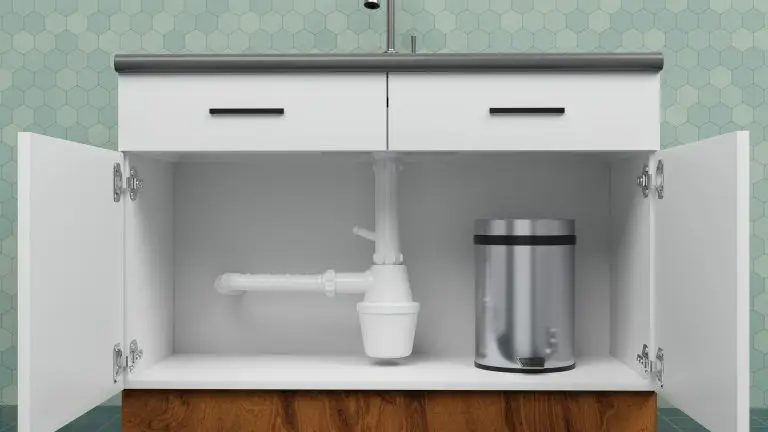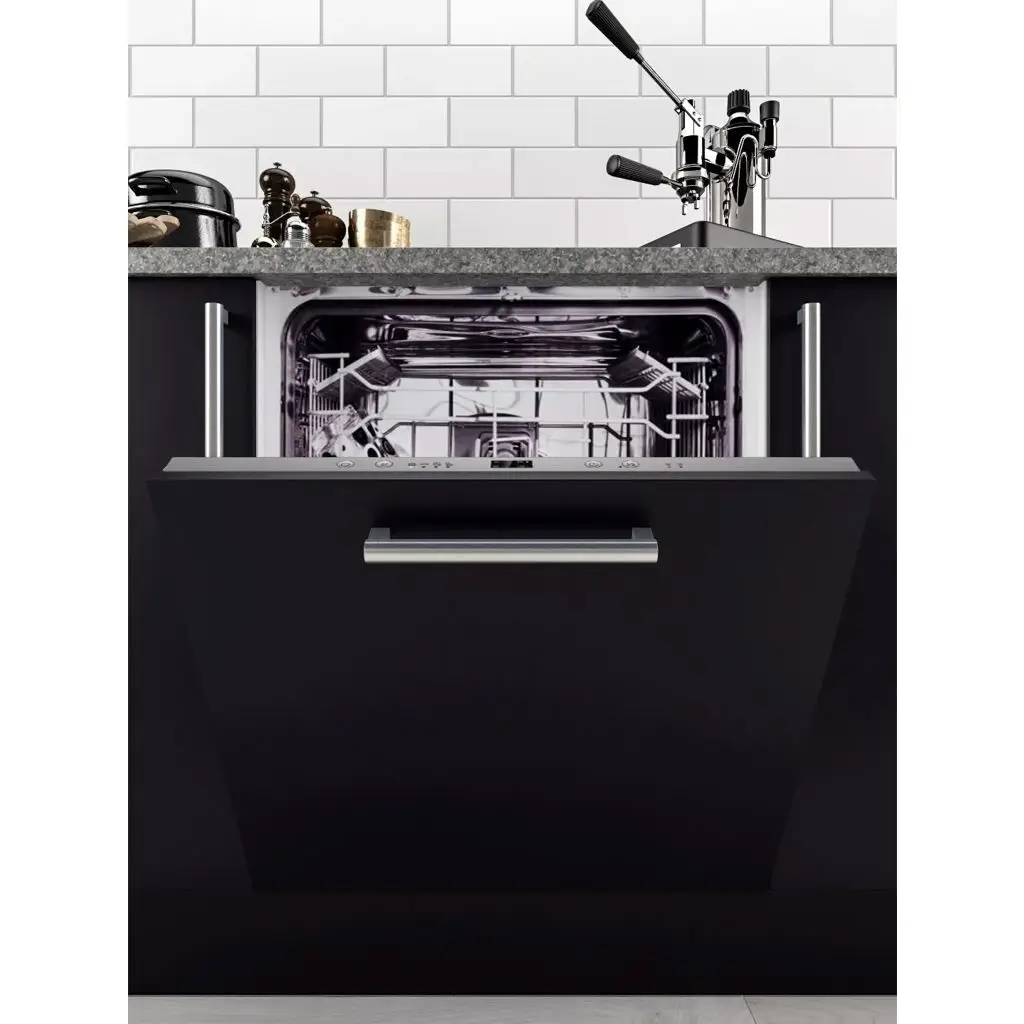Can You Fit a Dishwasher Under a Sink?
Space is at a premium in many kitchens, and it’s not uncommon for homeowners to wonder if a dishwasher can be installed directly under the sink. On the surface, it seems like a smart way to make use of a typically underutilised spot. However, plumbing, waste pipes, and cabinet layouts all play a big part in whether this is possible.
This guide will walk you through the main challenges, explore compact dishwasher options, provide a simple measurement guide, and suggest alternatives if an under-sink fit won’t work in your kitchen.
The Challenges of Fitting a Dishwasher Under a Sink
While it may seem like a clever space-saving idea, placing a dishwasher under the sink comes with several challenges. Here are the main issues to consider:
- Plumbing: Pipes, traps, and waste connections often take up the same space needed for a dishwasher.
- Height restrictions: Standard dishwashers need around 82–85cm of space, which many sink cabinets can’t provide.
- Risk of leaks: With water supply and waste pipes so close, even a small leak can affect electrics and flooring.
- Ventilation: Dishwashers release heat and steam that need airflow — a cramped cabinet can restrict this.
- Servicing access: Engineers need room to connect hoses and carry out repairs, which can be difficult under a sink.
Compact and Slimline Dishwashers Explained
If your sink base limits space, two formats may work: slimline dishwashers and compact dishwashers. Slimline models are narrow (great when cabinet width is tight), while compact models are shorter or countertop-style (useful when height under the sink is limited). Always check the appliance’s spec sheet before committing to an under-sink plan.
| Type | Typical Size (W × H × D) | Best When | Watch-outs |
|---|---|---|---|
| Slimline (built-in) | ~45 cm × 82–85 cm × 55–60 cm | Cabinet width is tight but standard plinth height is available. | Height still needs ~82–85 cm; under-sink traps may clash. |
| Compact (countertop/short) | ~55–60 cm × 45–60 cm × 50–60 cm | Height is limited under the sink or you prefer worktop placement. | Smaller capacity; ensure sturdy shelf/ventilation if placed in a cabinet. |
Measurement Guide – Will It Fit?
Before planning an under-sink installation, it’s vital to measure carefully. Standard dishwashers are designed for cabinetry with a plinth beneath the sink — but with pipes and traps in the way, not every unit will be suitable. Use this simple checklist as a starting point:
Measurement Checklist
- Measure the cabinet height from floor to underside of sink — you’ll need at least 82–85 cm for most dishwashers.
- Check the cabinet width — standard models need 60 cm, slimline need 45 cm.
- Measure the depth — allow 55–60 cm plus extra space for hoses and ventilation.
- Note the position of the waste trap and pipes — offset traps can free up space.
- Ensure there’s clearance at the back for hoses and cabling.
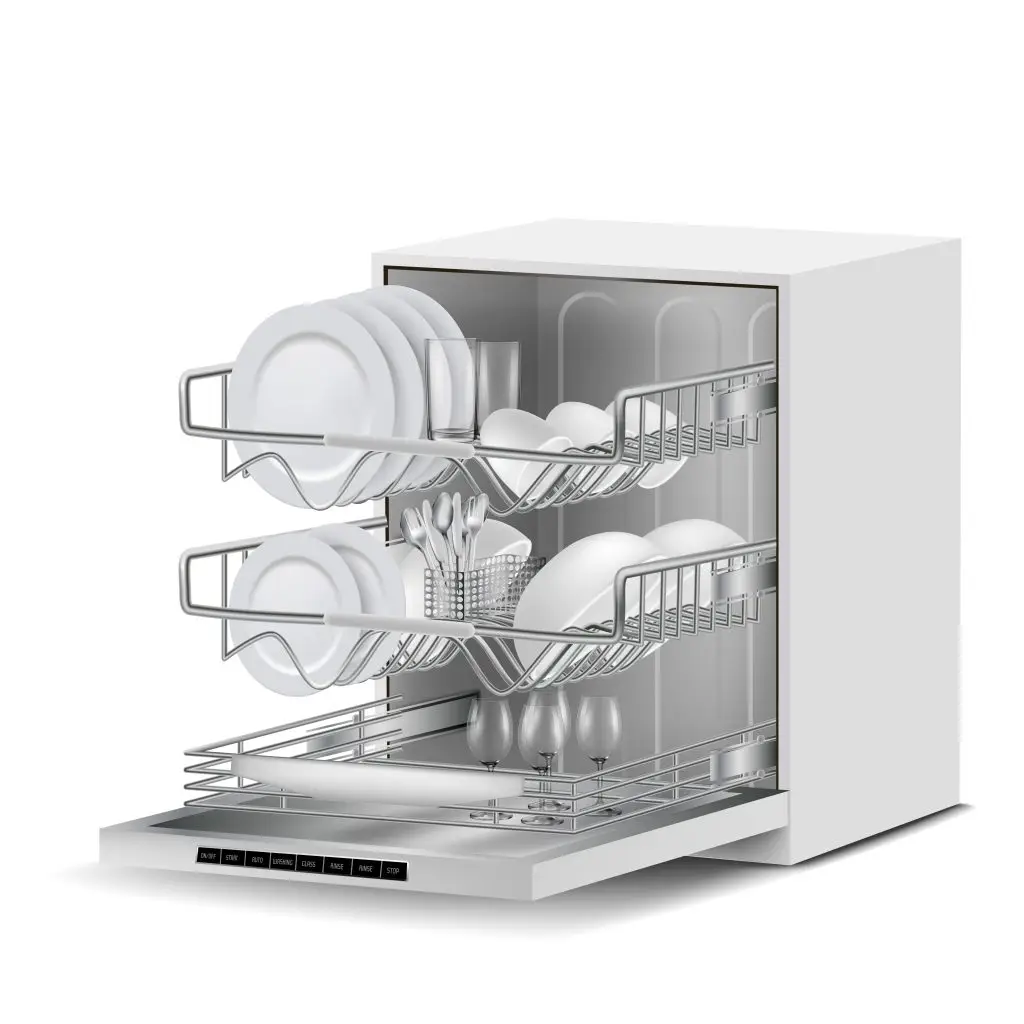
Alternatives if It Won’t Fit
If your measurements show that a standard or slimline dishwasher won’t work under the sink, there are several alternatives worth considering. These options still give you the convenience of a dishwasher without forcing an awkward fit:
- Tabletop dishwashers: Compact models that sit on a counter or a sturdy shelf. They connect easily to a tap or water line and are ideal for small households.
- Slimline freestanding dishwashers: At just 45 cm wide, these can fit next to your sink unit rather than beneath it.
- Drawer dishwashers: Installed like a drawer, often in pairs. Great for tight spaces and flexible loads.
- Cabinet redesign: With a professional fitter, you may be able to offset the sink bowl or reposition pipework to free up under-sink space.
Pros and Cons of Installing Under a Sink
Before deciding on an under-sink installation, it helps to weigh up the advantages and disadvantages. The table below highlights the key points:
| Pros | Cons |
|---|---|
| Saves valuable floor space in smaller kitchens | Very limited choice of compatible models |
| Keeps dishwasher close to existing plumbing | Risk of leaks near electrical connections |
| May work with shallow sinks and offset traps | Often reduces under-sink storage capacity |
| Good solution in compact or galley kitchens | Servicing and access can be more difficult |
Expert Tips for Success
If you’re set on fitting a dishwasher under the sink, a few smart adjustments can make the difference between success and frustration. Keep these tips in mind:
- Choose a shallow sink bowl to free up more cabinet height.
- Opt for offset or space-saving traps to maximise the usable depth.
- Select models with flexible hoses and rear connections for easier installation.
- Allow for ventilation space so heat and steam don’t build up.
- Consider professional installation to avoid plumbing or electrical issues.
FAQ – Fitting a Dishwasher Under a Sink
Conclusion
So, can you fit a dishwasher under a sink? Yes — but only when the cabinet height, pipe layout, and ventilation allow it. In many homes, a standard unit won’t clear the sink bowl or waste trap, so a slimline or compact model — or an alternative location — will be the more practical choice.
Use the measurement guide above, consider a shallow sink and offset trap, and don’t overlook options like tabletop or drawer dishwashers if an under-sink install proves too tight.
- Re-check your measurements and compare them with the model’s spec sheet.
- Map your pipework — can the trap be offset or moved?
- Shortlist a slimline or compact model that matches your clearances.
- Book a professional survey if you’re unsure about plumbing or electrics.
Ready to proceed? Start by confirming your cabinet height and trap position, then choose the most suitable format for your space. A thoughtful plan now will save time, hassle, and money later.
- All Posts
- Cooker Hood Guides & Advice
- Dishwasher Guides & Advice
- General Appliance Guides & Advice
- Hob Guides & Advice
- Laundry Guides & Advice
- Microwave Guides & Advice
- Oven Guides & Advice
- Wine Cooler Guides & Advice
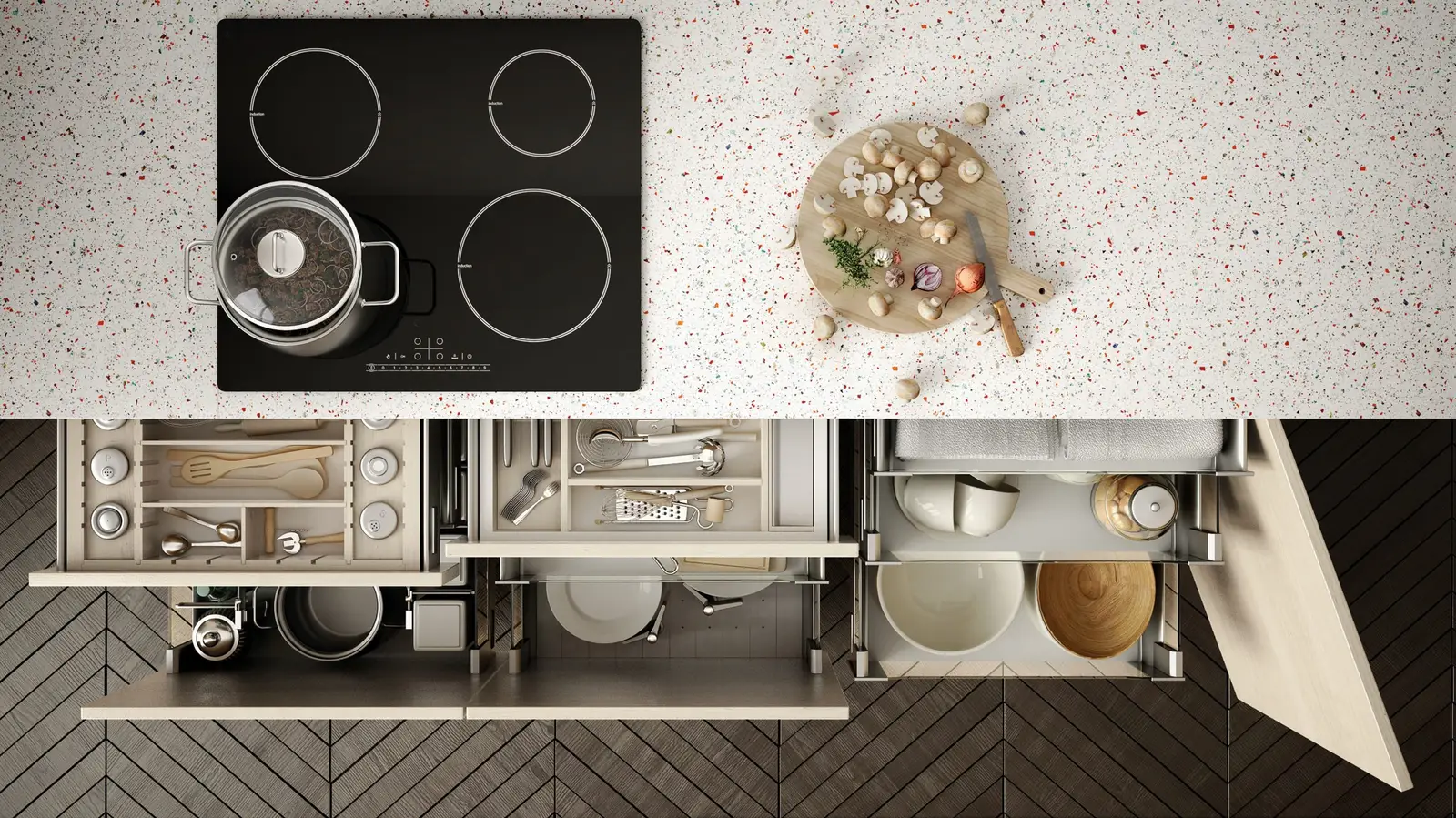
Noise from your induction hob? Learn why buzzing and clicking happen and how to fix them. Simple cures, expert tips...

Compare induction, ceramic, and gas hobs to find your ideal match. Discover pros, cons, and costs — choose the best...
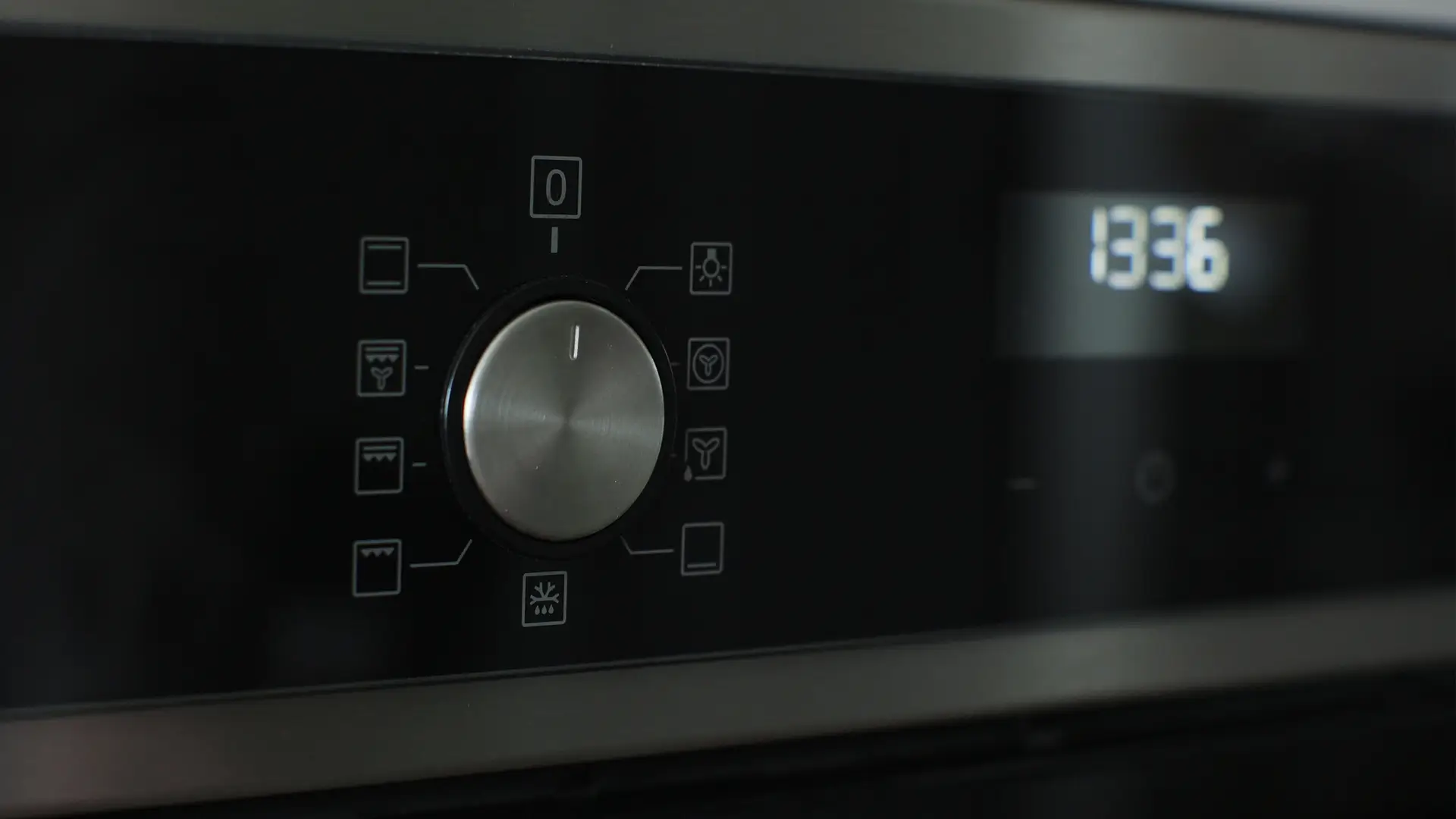
Discover what every oven function does in our complete guide. From fan-assisted to pizza mode, learn how to cook better...

Discover the key differences between integrated and freestanding dishwashers. Compare pros, cons, and find the right fit for your kitchen...

Keep your extractor running efficiently. Learn how to clean and replace cooker hood grease filters with our step-by-step guide. Quick...

Cooking with cast iron pans is a tradition many home chefs love. Their durability, heat retention, and even results make...

Discover how long major kitchen appliances typically last and how to extend their lifespan. Learn when to replace or maintain...

Integrated vs freestanding laundry appliances – compare looks, cost, and convenience to find the best fit for your home. Read...

Discover smart space-saving appliance ideas for small flats and studios. Create a stylish, efficient kitchen without compromise. Read the full...
